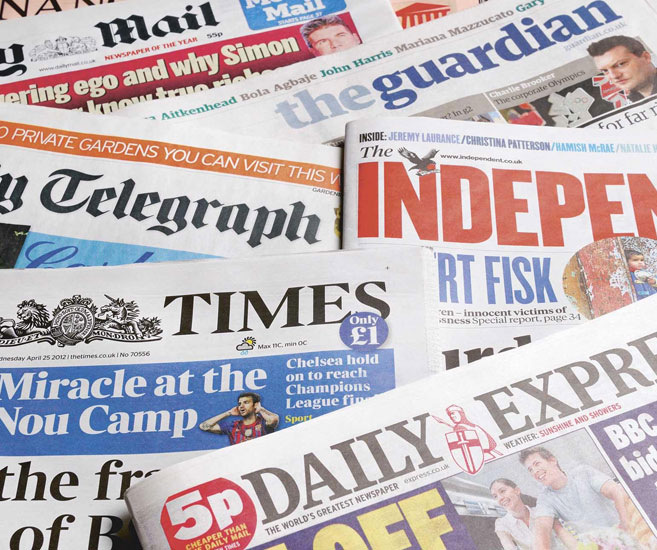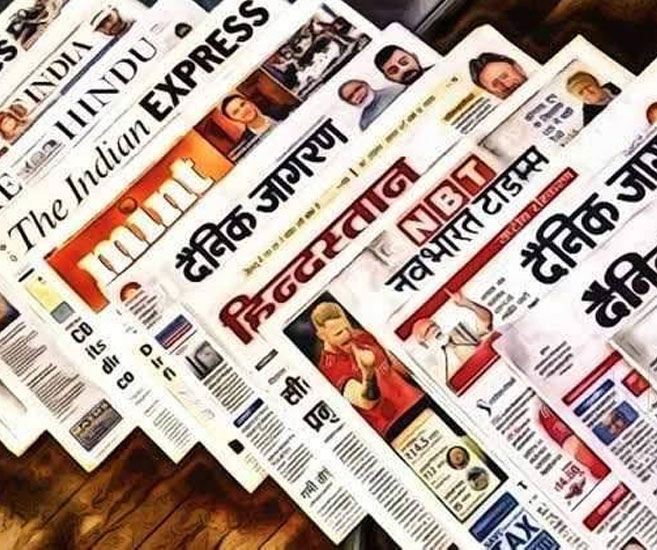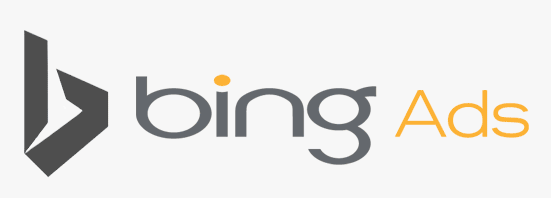

Newspaper advertising has been around longer than any other form of advertising we see today and is still the first kind of advertising that businesses think about doing. These ads can do a lot more than just advertise one item or one sale--each one can work really hard to bring in customers, and then bring them back again and again. They're a good way to reach a large number of people, especially those aged 45-plus who tend to read the paper more frequently than younger demographic groups who tend to get their news from television, radio or the internet. And you can target your ads to the appropriate markets by requesting that your ads run in the section(s) that most closely relate to your target audience, be it sports, lifestyle or business.
When it comes to price, daily papers are the costliest of your choices and are best handled with annual contracts, since these publications make committing to one ad at a time cost prohibitive--rates plunge dramatically even for the smallest contract, compared to the one-time rate.
If you find dailies to be too expensive, you can save money by only running your ads in the local sections the dailies all provide to their subscribers. These are tabloid-like sections that usually run just one day a week and carry news pertaining to small geographic areas or neighborhoods. For instance, the Post Standard in Syracuse, New York, carries its local publication, called "Neighbors," on Thursdays. This local section is inserted into the appropriate daily papers and distributed to the various suburbs of Syracuse, instead of to the paper's entire coverage area. If your business was based in the Syracuse area, you could choose to run your ad in just "Neighbors East" or "Neighbors West" in order to target your business's neighborhood. As you grow, you would probably want to consider purchasing ad space in the local section aimed at another area along with, not instead of, your original area of coverage.
When you look at a paper, you'll see it's divided into columns. Your newspaper ads are sized according to a very set formula: a certain number of columns wide and a certain number of inches long. Multiplying the two numbers together will give you the number of "column inches" of your ad, which determines the ad's cost.
Newspapers offer better targeting.
Newspaper advertising can target specific demographics that are traditionally more difficult to reach through other mediums. This allows advertisers to more effectively reach smaller, niche audiences, including those in specific geographical areas. This targeted advertising can range from simple inserts to regular weekly sections in local newspapers and other special publications.
Newspaper advertising is more flexible.
Newspapers offer more flexibility than any other advertising medium. Advertisers choose the exact size and location of the ad (including section and page), as well as design. Unlike other mediums, such as the Internet, they also choose the exact time the ad appears and its frequency, ensuring that readers will see the same information, in the same format, in the same location. Advertisers also have more control over the final product, by working directly with newspaper staff.
Newspaper advertising can also integrate print-to-web features, such as QR codes, to link readers with relevant web-based information, including special offers and more. In addition, the short lead times of newspapers allow for quick changes to any ad, while still meeting the necessary deadlines.
Newspaper advertising is more affordable.
Newspaper advertising typically costs less per thousand readers than television, radio, and direct mail advertising. In addition, newspaper staff members will work directly with advertisers to create ads at no additional costs.
Newspaper advertising can also be customized to meet any budget.
The decline in newspaper ad revenue means fewer print and digital ads are included in each circulation. This is a significant benefit, as advertisers have less competition for ad space (and customers) than other mediums. Additional discounts can be provided for increased ad coverage and frequency.




